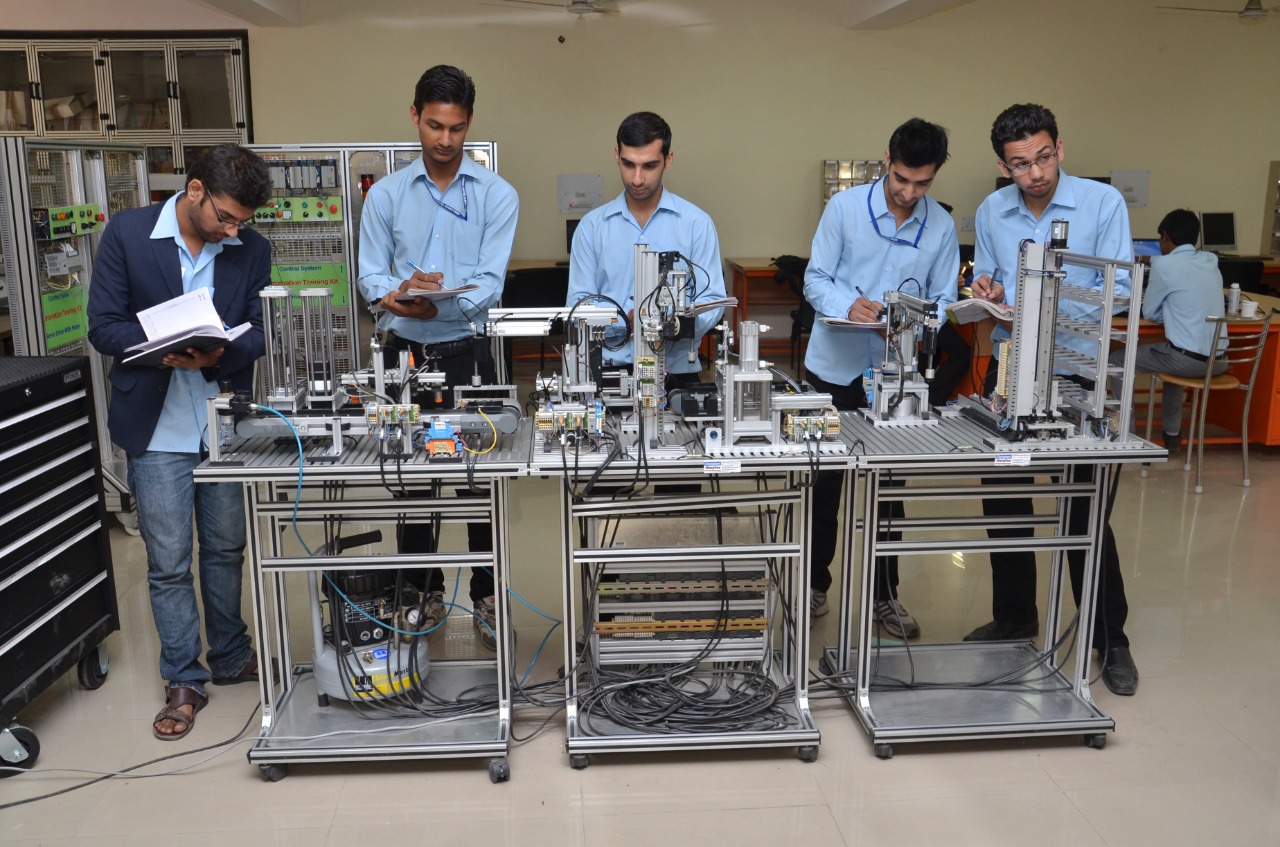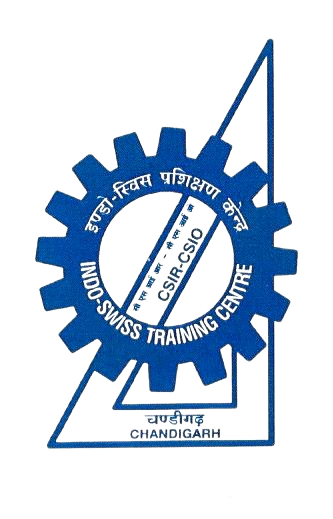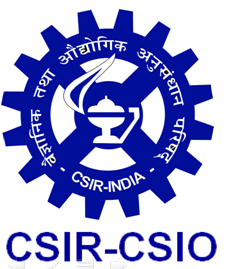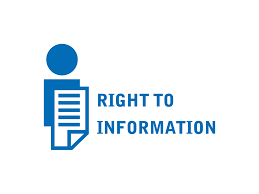
The syllabi for the first four semesters are same as that of Diploma in Instrument Technology.
TECHNICAL SKILLS (PRACTICALS):
ELECTRONICS LABORATORY:
(5th and 6th Semesters):Workshop Practice: identification of components, soldering and wiring, PCB design and manufacturing. Use of measuring instruments, power sources, oscilloscopes and signal generators. Characteristics and applications of active and passive components. Amplifiers. Oscillators. Op Amps, analog circuits, Switching circuits. Combinational and sequential digital circuits. Microprocessor: hardware, software, interfacing and programming examples. Programmable Logic Devices.
COMPUTER LABORATORY:
(5th , 6th , 7th and 8th Semester) Identification and study of parts of computer and their interconnections, Introduction to operating systems DOS, Windows and Linux, Preparation of technical reports and presentations using MS - office, Use of OrCAD for design of electronics circuits. Programming basics and use of C++, Compilers, Assemblers and Debugging, CAD and CIM packages, Trouble shooting and Diagnostic techniques, Programming of PLDs, Setting up LAN, computer communications and security aspects, Interfacing computer for control of motors and switching circuits. Use of Computer for Mechatronics applications, Automation and control. Maintenance of computers & peripherals.
MECHATRONICS LABORATORY:
(7th Semester) Study and use of transducers for measurement of temperature, pressure flow, distance, radiation, pH and conductivity etc. Use of electrical control components for control of single phase, multiphase and stepper motors, Study and use of basic hydraulic & pneumatic components and circuits, Electro-hydraulic & Electro-pneumatics set-ups and interfacing to electronic circuits, Mechatronics Applications, use of design and simulation packages like Control X, Automation Studio. Power electronics and control of motors, PLCs programming and interfacing to the controllers and I/O elements. Micro-Controllers and their use for automation. Robot and its use in material handling, Exposure to computerized machines.
PROJECT WORK:
(8th Semester)Conceptualization, Design and Development of an ELECTRO-MECHANICAL system. Trouble shooting and testing. Ergonomical and Engineering Design considerations. Detailed Project Report.
THEORY SUBJECTS:
FIFTH SEMESTER
ENGINEERING MATHEMATICS:Calculus: Variable, function, limits, differentiation; derivative from 1st Principle of xn, ex, log x, trigonometric and inverse trigonometric functions, product, quotient & power formula & their problems, tangent, normal, ratio of change of variable, increasing/decreasing functions, maxima and minima of functions of two variable, velocity & acceleration. Integral calculus; standard formulae, integration by parts, integration by substitution, integration of Trigonometric function, integration by partial fraction, reduction formulae, properties of definite integrals, introduction to calculating areas, volume, length and properties of different types of curves.
ELECTRONIC MEASUREMENTS:Measurement & Error, Units & Standards, Electro-Mechanical Indicating Instruments, Electronic Instruments, Bridge Measurements, Oscilloscopes. NETWORK & CIRCUIT THEORY-I:Electronic components & devices, DC Networks, AC Networks, Resonance, Coupled Circuits, Transient & Steady State Response of Circuits. Analysis of linear bilateral networks, Network Theorems, Laplace Transforms, Matrices, Fourier Transforms, Two Port Networks, Digital Filters, Stability of Networks. ELECTRONIC
DEVICES & CIRCUITS-I:Semiconductor Physics, Semiconductor devices, Photo-electric devices and their applications. DC and AC analysis of small signal transistor amplifiers & power amplifiers. JFETs, MOSFETs, CMOS, Thyristors and their applications.
COMPUTER APPLICATIONS-I :Computer Fundamentals, Specifications of a PC and important peripherals. Operating Systems, Command line and graphic user Interfaces. Use of text processing, spread sheets and data-base packages for report preparation and presentations. Use of OrCAD for electronics circuit design. Internet. Virus Protection. Networking concepts.
ELECTRICAL TECHNOLOGY-I:AC Fundamentals, Complex Numbers, Series AC Circuits, Parallel AC Circuits, Polyphase Circuits.
DIGITAL CIRCUITS: Number Systems and Codes, Logic Gates, TTL Circuits, Boolean algebra and Karnaugh maps, Encoders, Decoders, Multiplexers and de-multiplexers, Arithmetic Logic operations and circuits, Flip-Flops, Registers and Counters, Memories
PRODUCTION PLANNING: Introduction, works organization, machine layout, production and assembly line. Time study; time recording, time calculations, time and motion, unproductive time, setting time and actual machining time. Pre-calculation of material cost, fixed and variable profit, break even analysis, general overheads with examples. Post calculation and production analysis. Production planning and job preparation. Network analysis, Network techniques, Activity, PERT&CPM, expected time calculations.
SIXTH SEMESTER
ENGINEERING MATHEMATICS: Partial Differentiation, Fourier series, Vector Analysis, Numerical Analysis, Computer Application in Mathematics.
MANAGEMENT SKILLS-I: Introduction to management, functions and Principles of management, Personal Management, Entrepreneurship, Motivation, Leadership & Communication.
NETWORKS & CIRCUIT THEORY-II:Introduction of Laplace transform, Advantage of Laplace, Partial fraction and inverse Laplace transform Matrix method of solution, Poles & Zeroes, Nyquisit plot, S-transformation, Voltage transformation, Y-Z parameters, Network Circuit Analysis & Synthesis.
ELECTRICAL ENGINEERING-II: Transformers, DC Generator & Motors, Induction Motors, Synchronous motors, Stepper Motors, Fractional horsepower motors. Special Purpose Motors
TRANSDUCERS AND SIGNAL CONDITIONERS: Definitions and specification terms of Transducers and sensors, Classification of transducers based on principle of operation, application, Signal Conditioning circuits, Instrumentation amplifier, ADC and DAC, Study of various transducers for measurement of pressure, temperature, humidity, flow, level, pH and other parameters useful in Industry.
ELECTRONIC DEVICES & CIRCUITS-II: Oscillators, Differential Amplifiers, IC manufacturing techniques, Operational amplifiers, Applications of OP Amps, Instrumentation amplifiers, Wave shaping circuits, Switching Circuits, Multi-vibrators, Regulated power supplies, Switching mode power supplies, Diagnostic techniques.
COMPUTER TECHNOLOGY : PC Architecture, Mother Boards, Memories, Disk Drives, Monitors, Printers and other peripheral devices. Memory map of a PC. Architecture, characteristics and salient features of 8086/ 8088 family of Micro-Processors for PCs and their comparisons. Concepts of processing speeds, Pipelining, microcode efficiency, cache and multi-core processors, PC-buses and Ports. Peripheral Interfaces. Computer applications in Engineering. Installation and Optimization of PC resources.
MICROPROCESSORS & INTERFACING:
Architecture, Programming I/O operations, Interfacing, Peripherals, Microcomputer systems, typical applications. System development, Debugging and testing.
SEVENTH SEMESTER
CONTROL ENGINEERING: Introduction to Electrical Control of Machines, Control Circuit Components, Starters for 3-Phase Squirrel Cage Motor, Starters for Wound Rotor Induction Motor, Industrial Control Circuits, Trouble Shooting in Control Circuits, Static Control of Machines, Feedback Control Systems, Stability, Transfer Functions, Block Diagram Algebra, Signal Flow graphs.
INDUSTRIAL AUTOMATION-I: Introduction to Computer Integrated manufacturing, Product development through CAD and CAE, Graphic Standards, Automated process planning, CNC Machine Tools, Computer Aided Quality Control.
MODERN COMMUNICATION TECHNIQUES-II: Telephony, Telegraphy, MCVFT, Carrier Communication, Amplitude modulation, Frequency modulation and demodulation techniques, Advantages and disadvantages, SSB, DSB and S.S.S.C System Modulation index, De-emphasis & pre-emphasis ckt, Wave Propagation-Ground, Ionospheric and space wave. Antenna various types of Antenna and its uses. Receiver – A.M. and F.M. Receiver, Secret Communication. X-mission line and its parameters. Fourier analysis.
MANAGEMENT SKILLS: Financial Management, Marketing Management, Industrial Safety and house keeping, Report writing.
COMPUTER APPLICATIONS – II : Programming fundamentals, An extensive course in C++, Use of assembly language and C/C++ for interfacing external circuits to PC ports, Use of PC for control and automation. Introduction to other programming languages. Use of electronic design and simulation packages.
EIGHTH SEMESTER
PROCESS CONTROL: Introduction, Sensors and Transducers, Signal Conditioning, Data Presentation Systems, Pneumatic and Hydraulic Actuation Systems, Mechanical Actuation System, Electrical Actuation System, closed loop Controllers, Input Output Systems
EMBEDED SYSTEMS :Concepts, micro – controller Introduction. Architecture, instructions set I/O port programming, timers, interrupts, serial communications using 8051 series microcontrollers. Interfacing and system expansion. Micro-controller system development tools. In-system programming, Real world applications, Real time embedded systems, Design issues in Hardware and Software. Introduction to other series of microcontrollers.
MODERN COMMUNICATION TECHNIQUES: Microwave and Optical Communication, Satellite Communication, Radar, T.V. Transmission & Reception, Digital and Analogue Communication, Multi media System, Teleconferencing, Tele Medicine, Information Technology, Modem, Error detection and correction in digital Communication System.
INDUSTRIAL AUTOMATION – II : Robotics, Artificial Intelligence, Computer Communication, Flexible Manufacturing System, CAD / CAM integration, Shop Floor data Collection Systems, Simulation.


